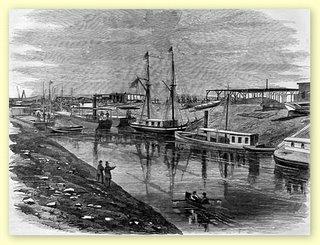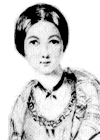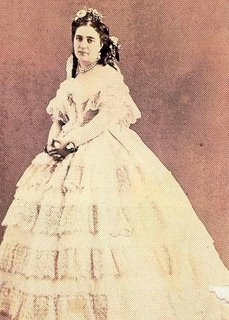
Victorians were trendy. Their entertainments reflected their awareness of trends, and their societal need to keep apace.
Napoleon III ran his Imperial Court with a flare unseen for decades on the Continent. Off-the-Continent, the Imperial Courts in the Americas were following suit. In particular, because Napoleon III sponsored the Mexican Imperials of the Second Empire - the Emperor Maximilian and Empress Carlota - that court particularly complied with protocal.
Two types of grand balls were accounted for during the Victorian era; State Balls and a casual tradition that was dubbed "Empress' Mondays". Victorian era authors may find it useful to include either style of ball to suit their authorial machinations. They differed in some of the following manners:
State Balls* were very grandiose
*sovereign hosts arrived by 9:30 p.m. as witnessed by a large audience of attendees
* held in ballrooms
* said hosts retired early for the night, by midnight
* balls often continued until 4 a.m.
* full orchestras played throughout the night
* all attendees wore ascribed court dress such as that worn by the lady-in-waiting displayed top right, Dona Sanchez-Navarre of the Mexican Imperial Court; essentially all women wore the same gown and all men wore the same court uniform or a military uniform with full decoration
* protocol was strict and ceremony was relied upon
* etiquette was strict
* public scrutiny was always of concern
* guest lists were a matter of politics
* visits of state dignitaries precedented state balls and determined when the ball was held
* displays of the latest technology were part of the entertainment, often part of the decor
* lighting at state balls was dimmed to enhance the display of attendee’s jewels
* physical appearances and beauty were irrelevant; the purpose of attending was political gain
Empress’s Mondays* were less grandiose
*sovereign hosts started off the affaires around 10 p.m.
* held in Salons
* hosts remained at the ball throughout the night
* balls often ended by 2 a.m.
* partial orchestras played periodically, often hidden in the patios or gardens
* attendees wore trendy or traditional attire, often verging on a masquerade ball
* protocol was less strict and ceremony relaxed
* etiquette was relaxed
* balls were not available for public perusal
* guest lists were comprised of local Society, usually outside political arenas
* balls were warm and intimate, and held regularly on Monday nights
* décor was limited to the elegantly decorated Salons, and guests roamed the grounds
* lighting was normal
* guests might be invited simply for their charm or beauty
By Kristin-Marie
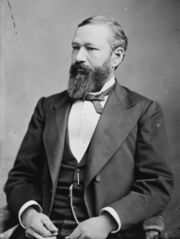

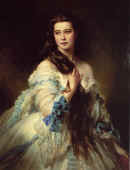

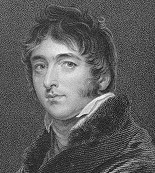 Queen Victoria sought out the advice, daily if possible, from William Lamb, the Second Viscount Melbourne, who was her real father figure. She kept a journal. Nightly, she’d inscribe his answers to her questions about life. A list of some of his sage advice is as follows:
Queen Victoria sought out the advice, daily if possible, from William Lamb, the Second Viscount Melbourne, who was her real father figure. She kept a journal. Nightly, she’d inscribe his answers to her questions about life. A list of some of his sage advice is as follows:
